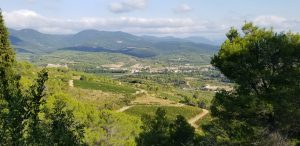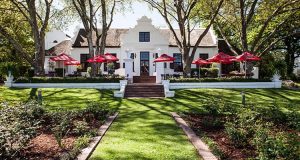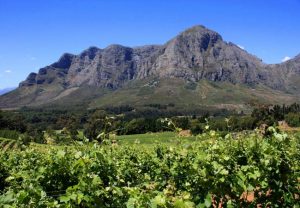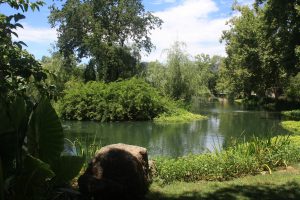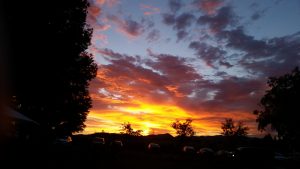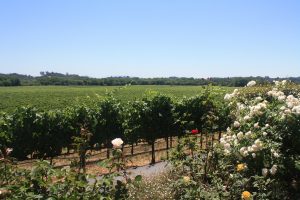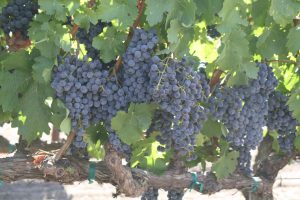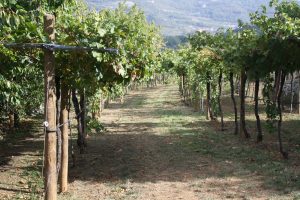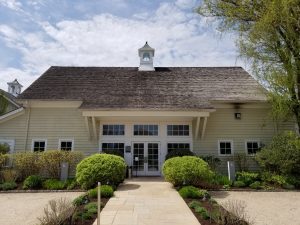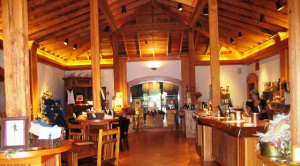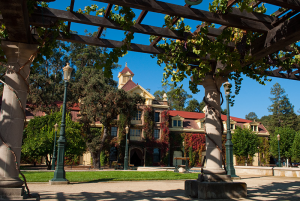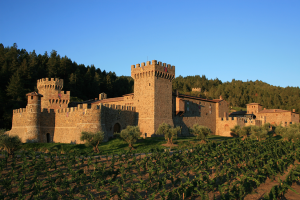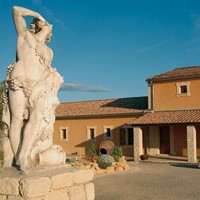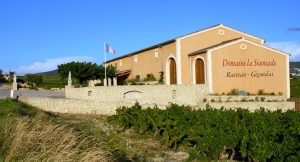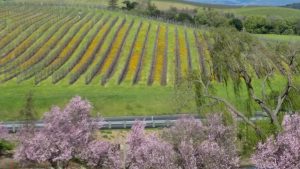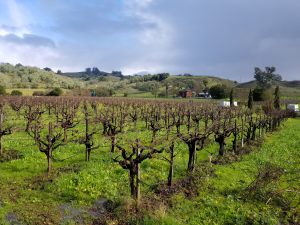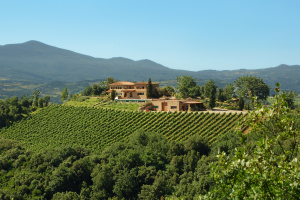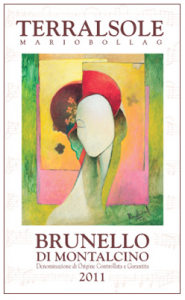Languedoc is in the southwest of France. Until the 13th century, it was considered as a separate entity, Occitania, home of the troubadours, easy living and rich food. There are no more troubadours, but the rest remains. It is today the part of France with the greatest production of wine grapes. The wine producing area is very large, stretching along the Mediterranean coast from the west of the Côtes du Rhône to the Spanish border and inland, at its furthest extreme, beyond Carcassonne.
Wine has been made here since this area was colonized by the Greeks. Today, for the most part, the grapes grown here are of the Rhône variety: Syrah, Grenache, Mourvèdre, Cinsault and Carignan in red; Marsanne, Rousanne and Viognier in white. There are more than 30 sub-regions recognized as AOCs (Appellations d’Origine Contrôlée), which are much the same as AVAs in the United States. There are even more sub-sub-regions, called Indications Géographique Protégée, which are not quite as well recognized but may still make some excellent wines.
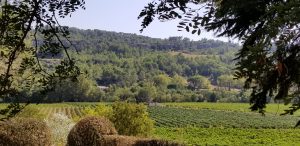
Sadly there was a time, not that long ago, when wines from the Languedoc were rough, alcoholic, sour and for some people, better used for cooking than drinking. We are pleased to say that this is no longer the case. The reason, as we see it, is the advent of organic winemaking in the last 10 to 15 years. Referred to as bio by the French, it has sparked a revolution in Languedoc wines. It may be attention to detail, more intense vinification techniques, stainless steel tanks or just plain cleanliness but the wines of the Languedoc today have little to do with the past.
Now, so we have found, there are many excellent wines to be had in red, white and pink. And the prices are not to be believed. For example, we have been drinking a rosé that Lucie in particular has enjoyed (Domaine l’Espinel) that costs less than five euros ($6). There are some really interesting reds and whites for which the top price we have seen is around 25 euros ($30). Perhaps none of them are enough to make the great Chateauneuf du Papes worry, but they are really fine wines, full of complexity and depth and ready to drink now. We think they will age well, but they may in fact be at their peak in a few years after harvest.
The wine tasting experience is a revelation. The wineries are not crowded. In fact in September, at the time of our visits, there have been no others sharing the tasting rooms with us. And every winery seems to make eight to ten wines and the server wants you to try them all. It does help to speak French, but we have found that all the servers are eager to try out their English. Plus, most of them do not charge for tasting.
The Languedoc is sunbaked and can be quite warm, especially in the summer months. Of course, this produces wines that are particularly flavorsome. It is not California, with wineries lined up on highways. No, on the contrary, you may have to drive around, get a little lost, and find wineries spaced out rather distant from each other even within AOC regions. On the other hand, you are likely to make discoveries that you will remember warmly and search for in wine stores for years to come. We have found that, for the most part, only the lowest quality wines on any vineyard’s list are the ones exported to North America so a wine tasting trip is likely to open your eyes – and your nose and tongue – to some delightful new experiences.
